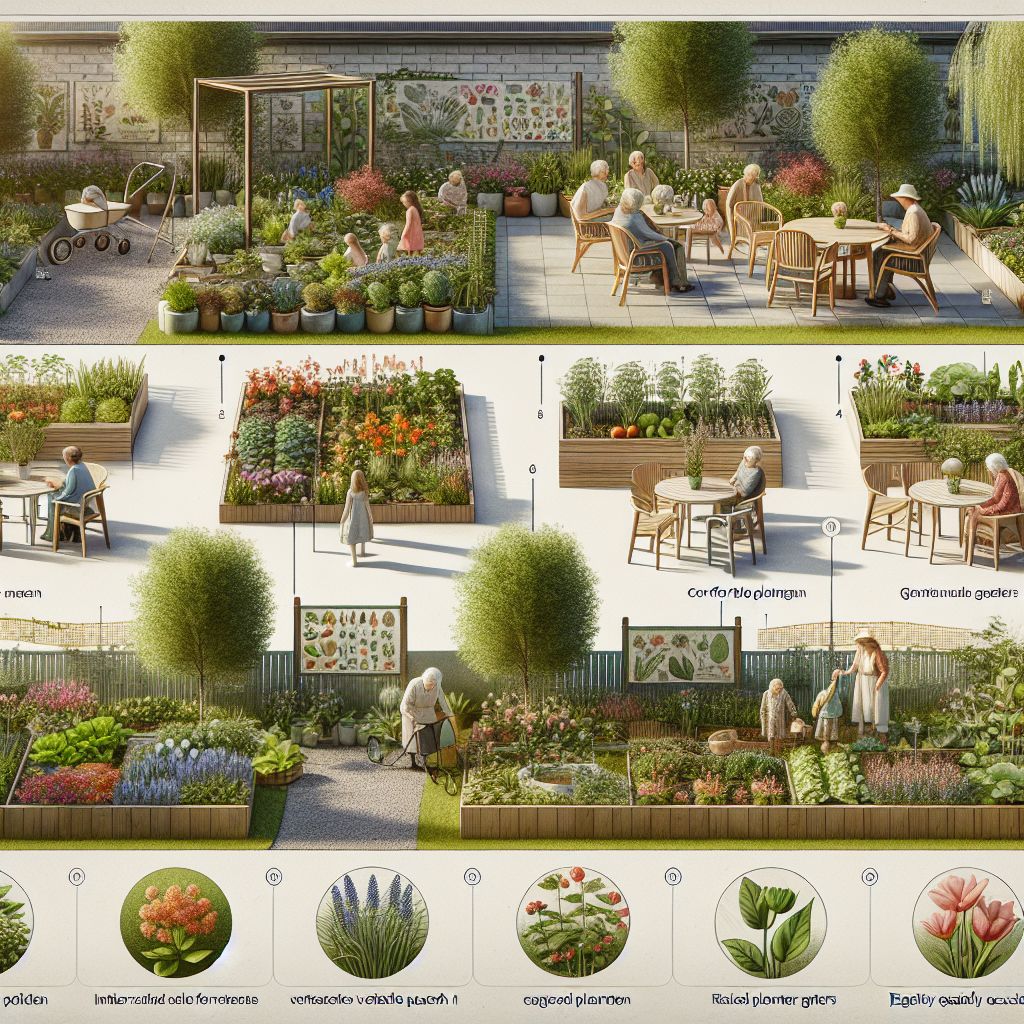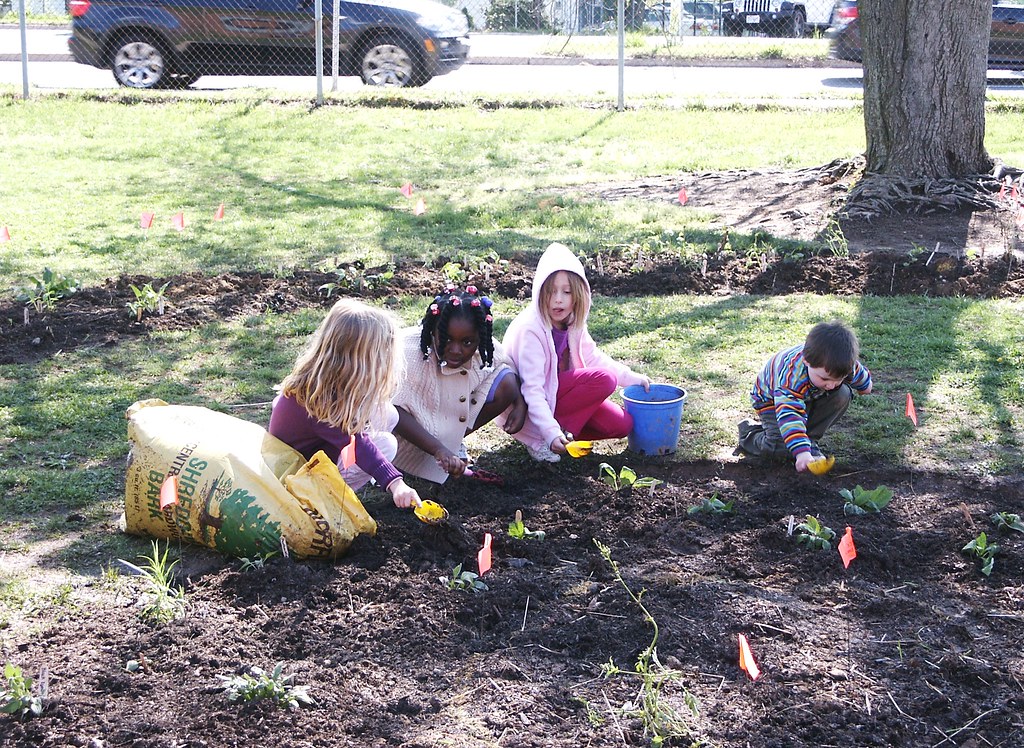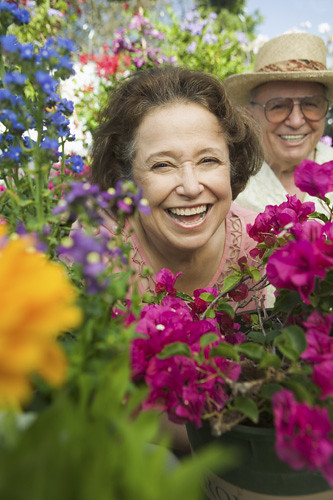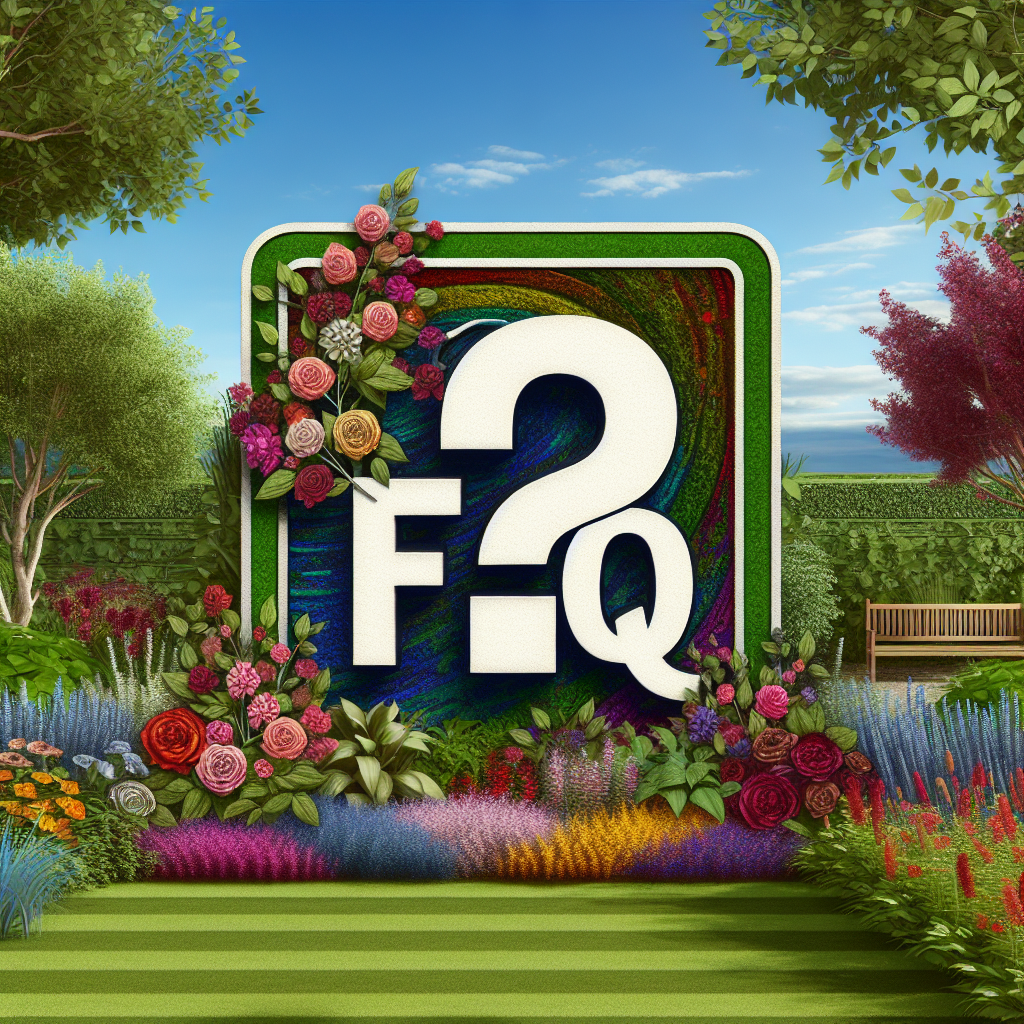Contents
- 1 Creating Living Legacies: The Heart of Multi-Generational Gardening
- 2 Foundations First: Planning Your Generational Garden
- 3 Growing Together: Plant Selection and Garden Features
- 4 Seasons of Change: Adapting Gardens for Aging Green Thumbs
- 5 Connecting Roots: Embedding Family History and Memories
- 6 Fostering Growth: Involving Family in Garden Upkeep
- 7 Frequently Asked Questions (FAQs)
- 8 Author
Key Takeaways
-
Designing a multi-generational garden creates a shared space that evolves with your family over time.
-
Selecting plants and features should consider the preferences and safety of all ages, from toddlers to grandparents.
-
Plan your garden with flexible spaces and plants that grow with the family, offering both immediate joy and long-term benefits.
-
Incorporate ergonomic tools and raised beds to make gardening accessible for all, especially as family members age.
-
Embed personal history and family memories into the garden to enrich the experience and foster storytelling.
Creating Living Legacies: The Heart of Multi-Generational Gardening

Gardens are more than just plots of land where plants grow; they are canvases where family stories take root and flourish. Imagine a space that not only provides fresh produce but also nurtures the bonds between generations. That’s the essence of a multi-generational garden. It’s a living legacy, a tangible connection to the past, and a gift to the future.
The Essence of Multi-Generational Gardens
What makes a garden multi-generational isn’t just the variety of plants but the intention behind its design. It’s about creating a space that is inviting and accessible to everyone in the family, no matter their age or ability. Think of it as a garden that grows with your loved ones, adapting over the years to meet changing needs and interests.
Gathering Spots for All Ages
One of the most important aspects of a multi-generational garden is having areas where the whole family can gather. Whether it’s a sturdy bench under a shade tree or a wide patio with comfortable seating, these spots encourage spending time together, sharing stories, and enjoying the beauty of nature.
Foundations First: Planning Your Generational Garden

When planning your garden, think long-term. Gardens that are designed to adapt over time can provide a sense of continuity and stability in our ever-changing lives. It’s not just about planting for this season, but setting the stage for years to come.
Assessing Space for Garden Flexibility
Start by assessing your available space. Consider how it can be used now, and how it might be used in the future. Is there room for a play area that can be converted into a serene reading nook as the children grow? Can a sandbox be transformed into a raised garden bed for easier access as mobility becomes a concern? Flexibility is key.
Choosing Plants with Lifecycle Longevity
It’s important to choose plants that not only suit your immediate needs but will also continue to thrive as the garden matures. For instance, a sapling planted today could be a sturdy climbing tree for future generations. Perennials that bloom year after year, such as peonies or hostas, are excellent choices for continuity.
Growing Together: Plant Selection and Garden Features

“growing together …” from www.flickr.com and used with no modifications.
Choosing the right plants and features is crucial in a multi-generational garden. You’ll want to select flora that will interest the youngest child with vibrant colors and textures, as well as plants that hold sentimental value for older members of the family. This might include:
-
Flowers like marigolds and sunflowers that are easy to plant and make for bright spots of color.
-
Fruit trees that can become family landmarks, offering shade and bounty year after year.
-
Vegetable patches with easy-to-harvest options like cherry tomatoes and strawberries for little hands.
Safe and Accessible Garden Paths
Accessibility is key in a multi-generational garden. Paths should be wide and flat enough to accommodate wheelchairs and strollers, with smooth surfaces to prevent trips and falls. Consider materials like compacted gravel or pavers that provide stability and ease of movement.
Interactive Elements for Children and Elders
Incorporating elements that engage all senses can make a garden magical for children and stimulating for older adults. Wind chimes, bird feeders, and aromatic herbs like lavender and mint invite interaction and create a sensory-rich environment.
Moreover, gardens can be educational playgrounds. A small pond can introduce youngsters to the wonders of aquatic life, while a butterfly garden can teach about the lifecycle of these beautiful insects. For the elders, these features can be soothing and evoke pleasant memories.
Garden Structures That Grow with the Family
Think about garden structures that are not only functional but can also become focal points for family gatherings. Pergolas can provide shade for summer picnics, while arbors can act as gateways to different sections of the garden, symbolizing transitions in life.
Seasons of Change: Adapting Gardens for Aging Green Thumbs

“Adaptive Garden for senior Couple …” from www.flickr.com and used with no modifications.
As gardeners age, their needs change. It’s essential to anticipate these changes and adapt the garden accordingly. This ensures that the joy of gardening is accessible to everyone, at every stage of life.
Ergonomic Tools and Raised Beds
Invest in ergonomic tools that are easier on the hands and back. Raised beds can be a true back-saver and are also great for wheelchair users. They can be built at various heights to accommodate different levels of accessibility and can be designed to be both beautiful and functional.
Low-Maintenance Plants for Easier Care
As much as we love our gardens, we have to be realistic about the amount of work we can put into them. Opting for low-maintenance plants is a smart move. Think succulents, native plants, or shrubs that require minimal pruning. These choices reduce the workload while still keeping the garden vibrant and full of life.
Connecting Roots: Embedding Family History and Memories
A garden is a living scrapbook of your family’s history. It can be a place where memories are planted just as surely as seeds.
Memory Lanes: Personalizing with Heirlooms and Keepsakes
Consider planting a rose bush from a cutting of a beloved grandmother’s garden or a row of apple trees reminiscent of a family orchard. These living heirlooms create a physical and emotional connection to the past, grounding us in our heritage.
Storytelling Spaces: Integrating Conversation Starters
Designate areas in the garden for storytelling. A circle of stones around a fire pit can become the perfect spot for sharing tales of the day’s adventures or family legends under the stars. These spaces invite conversation and deepen family bonds.
Fostering Growth: Involving Family in Garden Upkeep

“Involving family” from treeboston.org and used with no modifications.
A garden is only as strong as the hands that tend to it. Involving the whole family in the upkeep of the garden not only eases the workload but also instills a sense of pride and ownership.
Age-Appropriate Gardening Tasks
Assign tasks based on age and ability. Little ones can help with watering or picking ripe vegetables, while teens might take on more challenging projects like building trellises or composting. This approach helps everyone feel included and valued.
For example, my neighbor’s young children love to fill the bird feeders and watch from the window as colorful birds visit. It’s a simple task that keeps them connected to nature and the garden, even when they’re indoors.
Family Gardening Days and Traditions
Establish family gardening days where everyone works together on larger projects or seasonal preparations. It’s a wonderful way to create lasting memories and traditions. Perhaps every spring, the family can plant a new tree, marking the passage of another year.
Step-by-step guide to beginning your garden
Starting a garden that will evolve with your family is an exciting journey. The first step is to gather everyone and brainstorm. What do you all want from the garden? Is it fresh veggies, a flower haven, or a mix of both? Once you’ve got a vision, sketch it out, even if it’s just a rough drawing on paper. This will be your roadmap.
Next, test your soil. You need to know what you’re working with – is it clay-heavy, sandy, or just right? You might need to amend it with compost or other organic materials to give your plants the best start. Then, decide on the layout. Where will your paths go? Where will the sun-loving plants sit, and where will the shade-dwellers thrive?
-
Discuss and decide on the purpose of your garden with the family.
-
Create a rough sketch of your garden layout.
-
Test and prepare your soil for planting.
-
Choose the locations for various plants based on sunlight requirements.
Once you’ve got your plan and your soil is ready, it’s time to plant. Begin with the hardiest plants and work your way to the more delicate ones. Remember, the best part of gardening is watching your work come to life, so don’t stress if everything isn’t perfect right away. Gardens, like families, grow and change over time.
Resource checklist: What you’ll need to get started
Before you break ground, make sure you have the essentials. You’ll need basic tools like shovels, trowels, and gardening gloves. Seeds or starter plants are a must, and don’t forget mulch to keep the weeds at bay. Watering cans or a hose will keep your garden hydrated, and stakes or trellises will support your growing plants.
Also, consider investing in some soil amendments like compost or manure to enrich your soil. If you’re planning on raised beds, materials for those structures should be on your list. And of course, a good garden plan, perhaps drawn out or printed, will keep you on track.
Frequently Asked Questions (FAQs)

What makes a garden multi-generational?
A multi-generational garden is designed to be accessible and enjoyable for family members of all ages. It includes features that cater to the needs and interests of both young and old, such as safe pathways, raised beds for easy access, and a variety of plants that engage the senses.
It’s a space where grandparents can share their gardening wisdom with grandchildren, where parents can work side by side with their kids, and where memories are cultivated alongside plants. It’s about creating a living legacy that can be passed down through the generations.
How can I make gardening fun for kids and elders?
To make gardening enjoyable for all, involve each family member in activities suited to their interests and abilities. Kids might love digging in the dirt, planting seeds, and chasing butterflies, while elders might prefer more gentle activities like pruning or harvesting. The key is to create a space where everyone can participate and feel a sense of accomplishment.
Interactive elements like a butterfly garden for kids and comfortable seating areas for elders to watch and guide can make the garden a delightful place for the whole family. It’s about finding the balance between playful discovery and peaceful enjoyment.
What are some low-maintenance plants for a family garden?
For those who want to enjoy the beauty of a garden without the constant upkeep, consider these plants:
-
Succulents like aloe vera or sempervivum, which require minimal watering.
-
Native plants that are adapted to your region’s climate and soil conditions.
-
Perennials such as daylilies or lavender, which return year after year.
-
Shrubs like hydrangeas or boxwoods, which need occasional pruning but otherwise take care of themselves.
These plants are not only easier to care for but can also provide a lush backdrop for family gatherings and play. They allow you to spend less time on maintenance and more time enjoying the garden with your loved ones.
How do you create a garden that’s accessible for all ages?
To create a garden that everyone can enjoy, focus on accessibility. This means wide, flat paths that are easy to navigate for wheelchairs and strollers. Raised beds at various heights allow gardeners of all ages and abilities to plant and harvest without strain. Incorporate seating areas where family members can rest and enjoy the garden.
Use labels with large, clear text to help everyone identify plants, and consider sensory plants with different textures and fragrances to engage those with visual or mobility impairments. Accessibility is about removing barriers so that the joy of gardening is available to all.
Can a small space be used for a multi-generational garden?
Absolutely! Even a small patio or balcony can become a multi-generational garden. Container gardening is a fantastic way to grow plants in a limited space. Choose pots of various sizes and heights to create visual interest and make gardening accessible for everyone.
Vertical gardens are another great option for small spaces. They not only save on floor space but can also be a fun project for the family to build and maintain together. With a little creativity, any space can be transformed into a multi-generational garden oasis.
One of the joys of gardening is that it can be a lifelong hobby. As you age, your garden can grow and change with you. By incorporating accessible raised bed gardens, seniors can continue to enjoy gardening without the strain of bending and kneeling. Additionally, gardens can be designed to be engaging for children, with areas designated for play and learning. By planning for different life stages, a garden can provide a space for the whole family to enjoy together, year after year.



